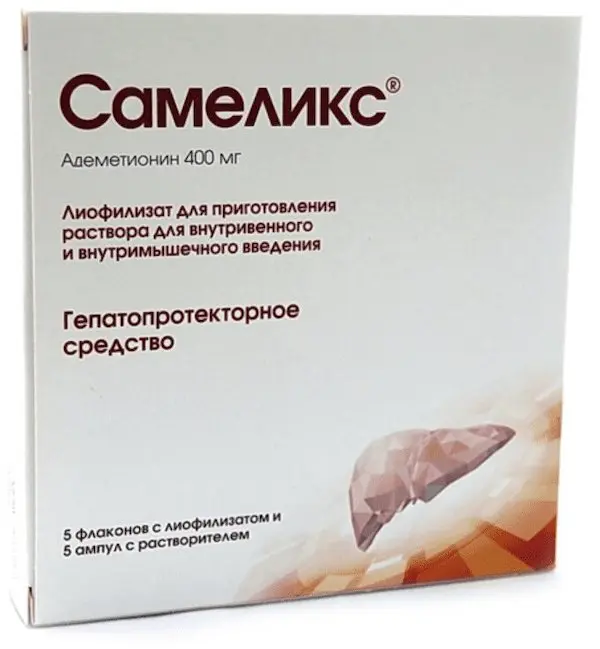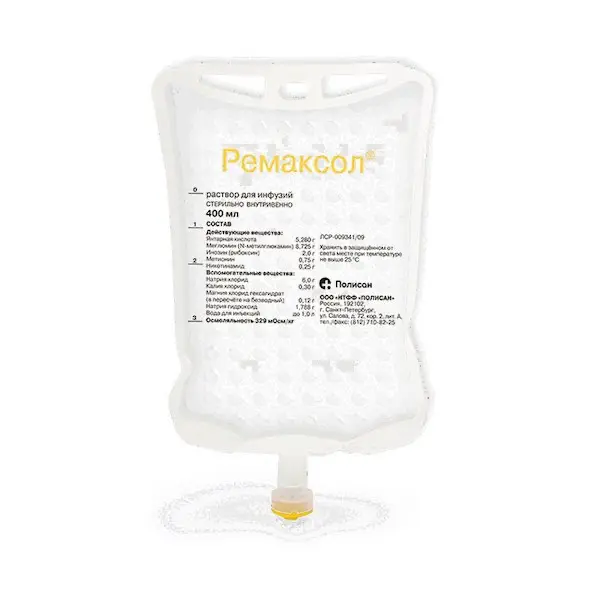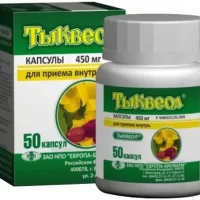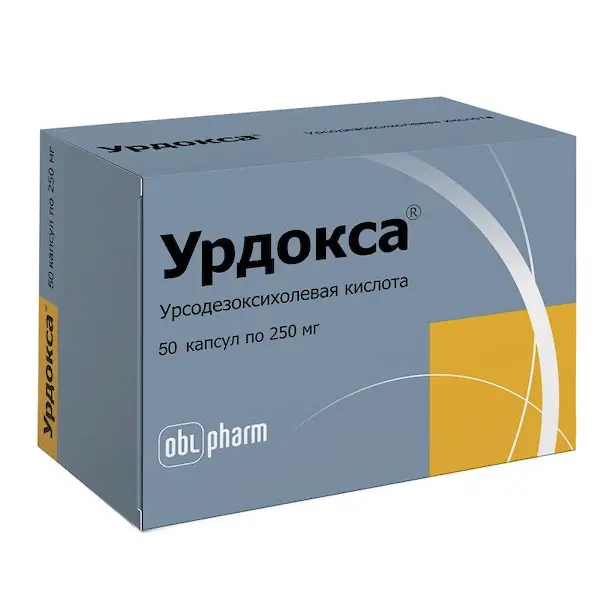Description
Samelix Pharmacodynamics
Ademetionine belongs to the group of hepatoprotectors, also has antidepressant activity.
It has choleretic and cholekinetic effect, has detoxifying, regenerating, antioxidant, antifibrotic and neuroprotective properties.
It replenishes the deficiency of S-adenosyl-L-methionine (ademetionine) and stimulates its production in the body, contained in all body media. The highest concentration of ademetionine is found in the liver and brain.
It plays a key role in the metabolic processes of the body, and takes part in important biochemical reactions: transmethylation, transsulfation and transamination. In transmethylation reactions, ademetionine donates a methane group for the synthesis of cell membrane phospholipids, neurotransmitters, nucleic acids, proteins, hormones, etc. It is a precursor of cysteine, taurine, glutathione (provides redox mechanism of cellular detoxification), coenzyme A (it is included in biochemical reactions of tricarboxylic acid cycle and replenishes cell energy potential) in transulfation reactions of ademetionine. Increases glutamine content in the liver, cysteine and taurine in plasma; decreases methionine content in serum, normalizing metabolic reactions in the liver. After decarboxylation it participates in aminopropylation reactions as a precursor of polyamines – putrescine (stimulator of cell regeneration and hepatocyte proliferation), spermidine and spermine, which are part of the ribosome structure, which reduces the risk of fibrosis.
Ademetionine normalizes the synthesis of endogenous phosphatidylcholine in hepatocytes, which increases membrane fluidity and polarization. This improves the function of bile acid transport systems associated with hepatocyte membranes and promotes the passage of bile acids into the biliary system.
It is effective in intradolocular variant of cholestasis (impaired bile synthesis and flow). Ademetionine reduces toxicity of bile acids in hepatocyte by performing their conjugation and sulfation. Conjugation with taurine increases solubility of bile acids and their excretion from the hepatocyte. The process of sulfation of bile acids promotes the possibility of their elimination by the kidneys, facilitates the passage through the hepatocyte membrane and excretion with bile. In addition, sulfated bile acids themselves additionally protect liver cell membranes from toxic effects of nonsulfated bile acids (in high concentrations present in hepatocytes with intrahepatic cholestasis).
In patients with diffuse liver diseases (cirrhosis, hepatitis) with intrahepatic cholestasis syndrome, ademetionine reduces the severity of skin itching and changes in biochemical parameters, including direct bilirubin concentration, alkaline phosphatase activity, aminotransferases and others. Choleretic and hepatoprotective effect persists up to 3 months after discontinuation of treatment.
- Intravenously and intramuscularly.
- Lyophilisate should be dissolved in the enclosed solvent immediately before administration. The drug residue must be disposed of.
- The drug must not be mixed with alkaline solutions and solutions containing calcium ions.
- If the lyophilizate has a color other than almost white to white with yellowish tint (due to a crack in the bottle or heat), Samelix® is not recommended for use.
- Samelix® is administered very slowly when administered intravenously.
- Initial therapy
- Intravenous or intramuscular administration: Recommended dose is 5-12 mg/kg/day intravenously or intramuscularly.
- Intrahepatic cholestasis
- 400 mg/day to 800 mg/day (1-2 vials per day) for 2 weeks.
- Depression
- From 400 mg/day to 800 mg/day (1-2 vials per day) for 15-20 days.
- In case of necessity of maintenance therapy, it is recommended to continue preparation preparation preparation preparation Samelix® in form of tablets in dose 800 – 1600 mg/day during 2-4 weeks.
- The therapy with Samelix® may be initiated by intravenous or intramuscular injection followed by tablets or directly from using Samelix® tablets.
- Elderly patients
- Clinical experience with Samelix® has not revealed any differences in efficacy between elderly patients and younger patients. However, taking into account the high possibility of existing hepatic, renal or cardiac impairment, other concomitant pathology or concomitant therapy with other drugs, the dose of Samelix® should be adjusted to elderly patients with caution, starting the drug at the lower limit of the dose range.
- Renal failure
- Limited clinical data are available for use of Samelix® in patients with renal failure and for this reason it is recommended to be cautious when using in such patients.
- Liver failure
- Parameters of pharmacokinetics of ademetionine are similar in healthy volunteers and in patients with chronic liver diseases.
- Children
- The use of Samelix® in children is contraindicated (efficacy and safety have not been established).





